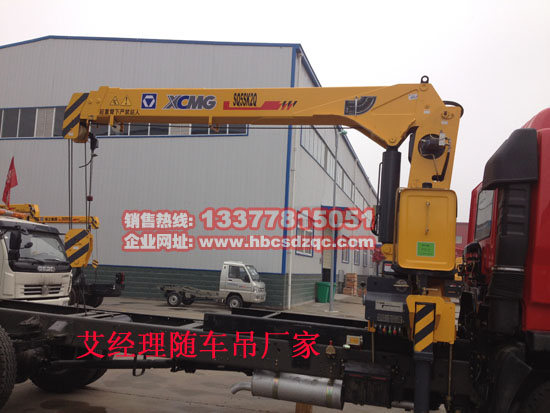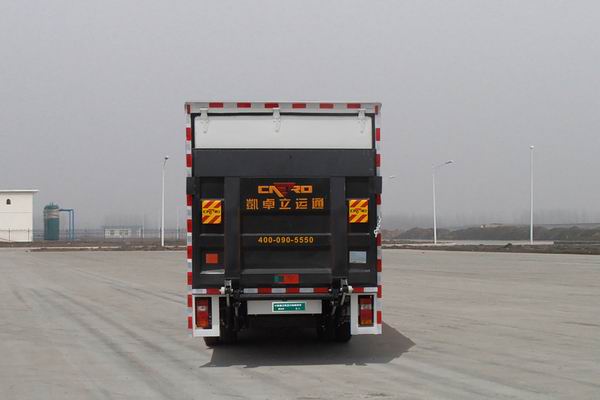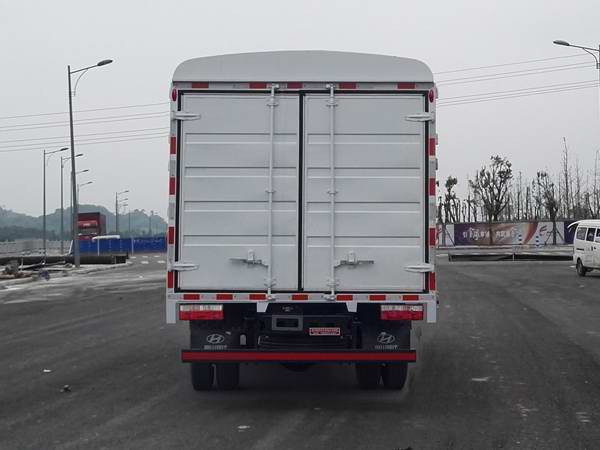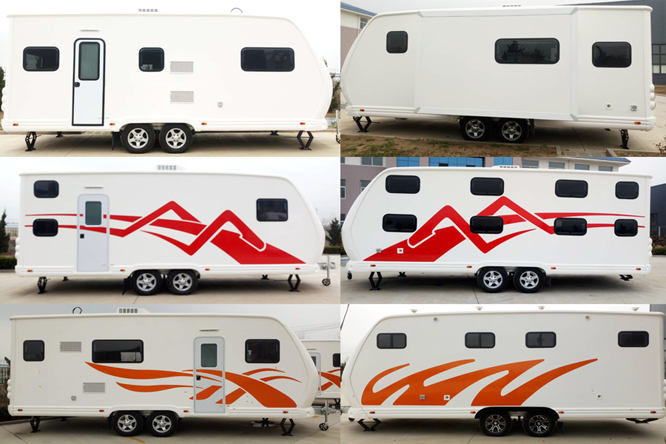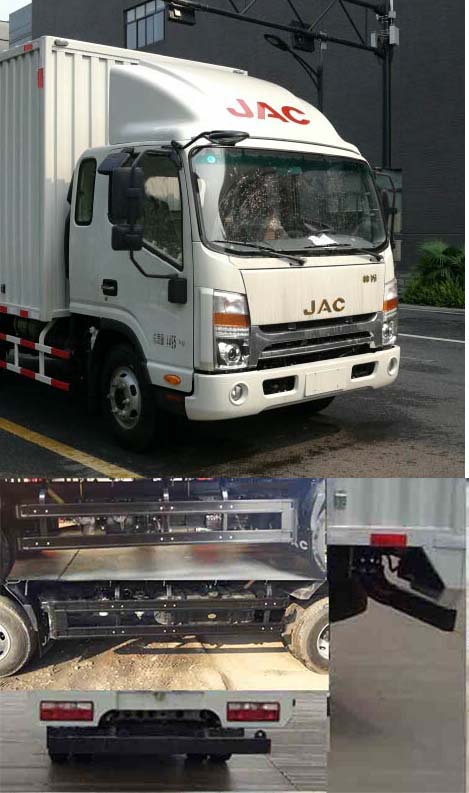形位公差英文翻译
Geometric Dimensioning and Tolerancing (GD&T) is a system used in engineering to communicate design requirements for manufactured parts. One of the key components of GD&T is positional tolerancing, which specifies the allowable deviation of a feature from its desired location.
http://easiu.com/common/images/q0duveusomb.jpg
Positional tolerancing is achieved through the use of a geometric tolerance called 'Position,' which combines both a linear tolerance and an angular tolerance. This tolerance is used to control the location, orientation, and alignment of features on a part.
One important aspect of positional tolerancing is the concept of 'datum features.' These are reference features on a part that are used to establish a coordinate system for all other features on the part. The position of each feature is then measured relative to these datum features, allowing for a consistent and reliable method of measuring and inspecting parts.
Another important aspect of positional tolerancing is the use of 'form controls,' which specify the allowable deviation of the shape of a feature from its ideal form. This includes controls for straightness, flatness, roundness, cylindricity, and profile.
Overall, the use of positional tolerancing and GD&T is critical for ensuring that manufactured parts meet the design requirements and function correctly in their intended applications. By communicating design requirements clearly and accurately, GD&T helps to minimize errors, reduce waste, and improve the quality of the final product.
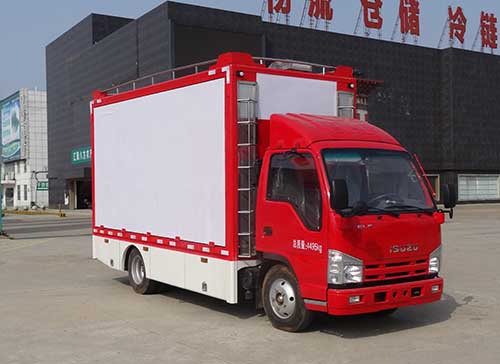
长虹n2918 不能遥控关机
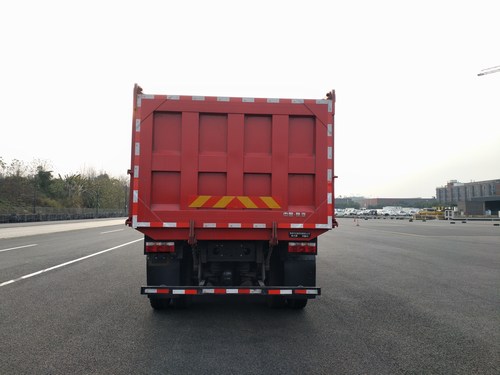
开关电源线路板图片
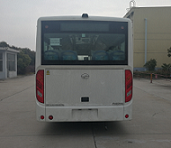
美的电饭煲fs4018故障

a6电源电路图

空调开制冷显示h5
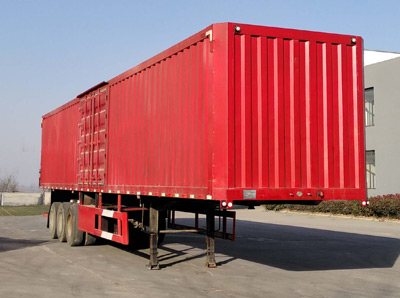
海南戴尔电脑维修店
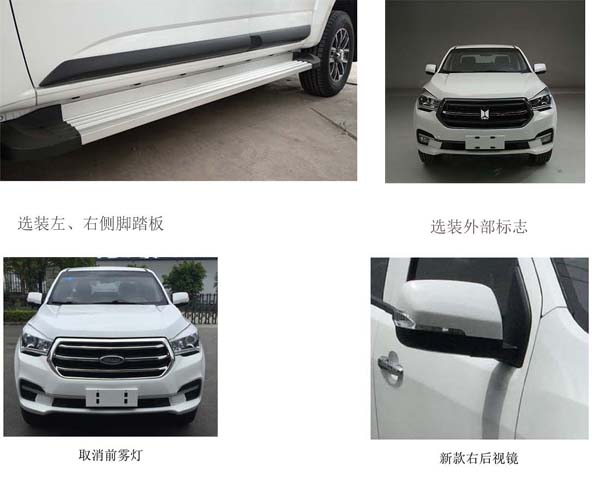
三星i9220换内屏

海尔xqg10866
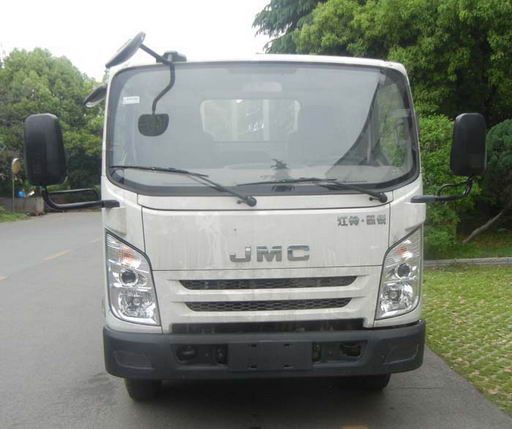
家电维修技术论坛没有了
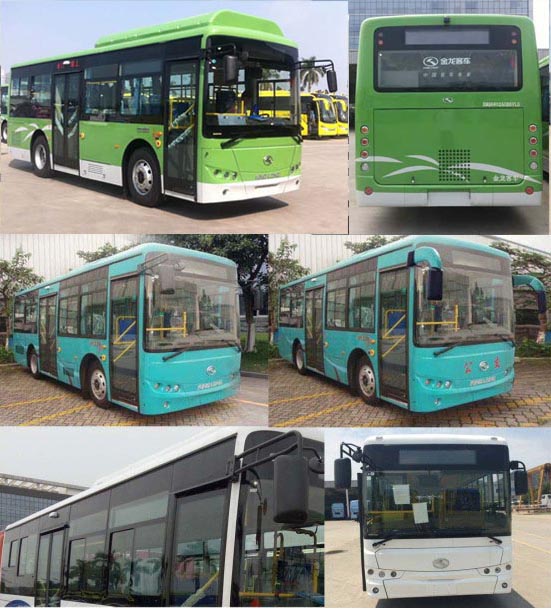
深圳乐视手机售后服务点

